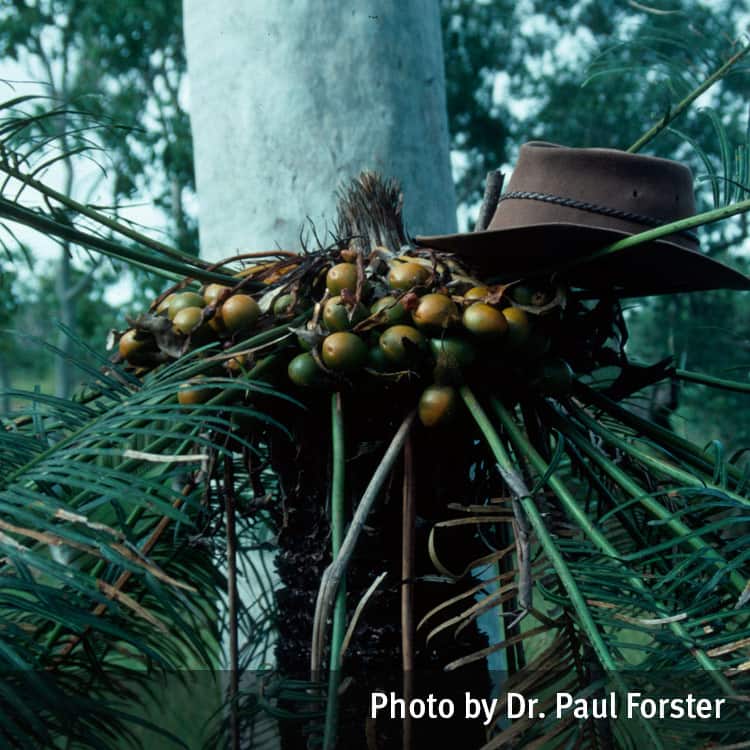Seek urgent medical attention for all ingestions.
Description
Palm-like plants to 7m high with erect trunks and a crown of leathery leaves.
Both male and female plants occur. The cones are the reproductive parts of the plant.
The leaves are shiny dark green and have numerous strap-shaped leaflets that are distinguished by a prominent midrib while lacking any obvious secondary veins. Leaves measure 0.6-1.7m long, and leaflets 11-27cm long and 0.4-0.8cm wide.
Toxicity
Symptoms
If eaten, the raw fruit may cause headache and severe gastro-intestinal irritation including stomach cramps, nausea, vomiting and diarrhoea. In a very few severe cases, liver damage, coma and death have been reported. The male cone has a fruity odour when releasing pollen and this has been recorded as causing respiratory distress.
Images



Details
Common name: Cycads
Botanical name: Cycas species, most commonly Cycas revoluta, Cycas micronesica, Cycas megacarpa
Other common names: Tree zamia, Zamia palm, Sago palm
Family: Cycadaceae
General description: Palm-like plants to 7m high with erect trunks and a crown of leathery leaves. Both male and female plants occur.
Flowers: The cones are the reproductive parts of the plant.
Leaves: The leaves are shiny dark green and have numerous strap-shaped leaflets that are distinguished by a prominent midrib while lacking any obvious secondary veins. Leaves measure 0.6-1.7m long, and leaflets 11-27cm long and 0.4-0.8cm wide.
Fruit/Berries: The fruit are 2-3.5cm long and 1.5-2.5cm wide, bright orange to red or sometimes yellowish in colour, with a fleshy, soft seed coat.
Other: The sap is clear.
Last updated: July 2023